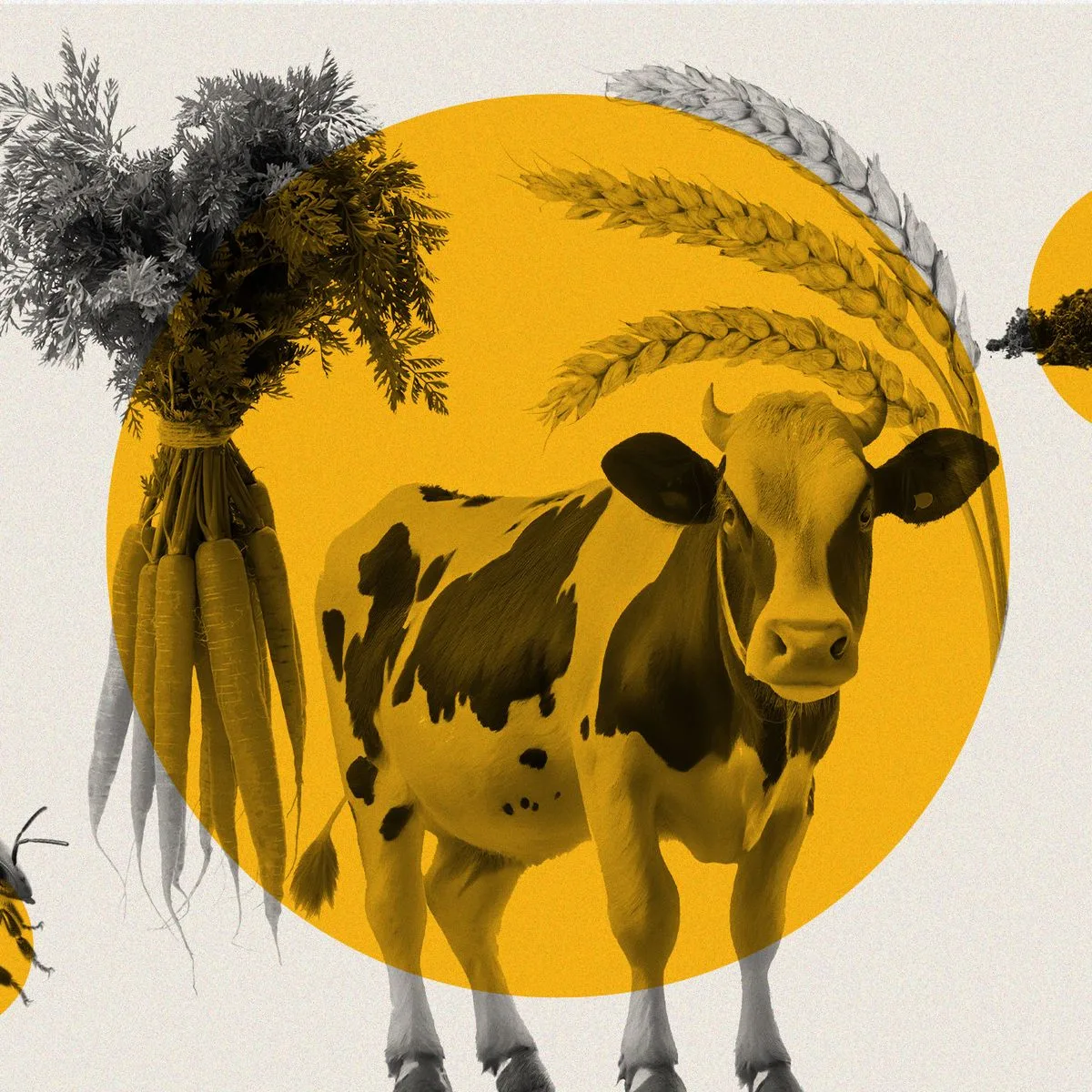If there’s one word that encapsulates the dining table for the Lunar New Year, it’s auspicious. Whether it’s the shape of food to how their names sound in the Mandarin language, the big-ticket items consumed during the 16 days of festivities are brimming with symbolism. Here’s a handy guide on what to eat for good fortune.

Dumplings
Boiled, steamed, pan-fried, or deep-fried, these little parcels bestow outsized pleasure, their fillings a distillation of savory, fatty unctuousness. They’re important during the Lunar New Year because they signify prosperity, resembling ancient Chinese gold and silver ingots. Also, the word for dumpling – jiao zi – sounds like “midnight exchange.” Families tend to spend the evening together wrapping and shaping dumplings, then eating them to herald new beginnings.
Oranges
Similar to Christmas cookies, oranges – particularly mandarins – become seasonally abundant at Chinese stores, where people buy crates of them for gift exchanges. It’s a symbolic way of sharing felicity and wealth because the Mandarin word for “orange” is similar to the word for “gold.” The vibrantly colored fruit also doubles up as decoration at homes and businesses. Cousins of the orange, from pomelo to grapefruit and kumquat, are held in similar esteem.


Spring Rolls
Rounding up the trifecta of wealth and fortune: spring rolls. A perennial takeout choice, dim sum order, and bar snack, these chunky cylinders visually invoke logs of gold with their crispy deep-fried casings. The dish is associated with the changing of season and is an important part of the Spring Festival that coincides with the Lunar New Year. (That’s how the roll got its name.)
Noodles
What’s wealth without health? Enter noodles, those floury threads to represent a long life. No celebratory Chinese banquet table is without a dish of longevity noodles. It was traditionally made with a single strand. Nowadays, chefs are careful to not cut or break the noodles during the cooking process. That responsibility then continues with the diner, who is encouraged (read: sternly warned by grandma) to eat without chewing, so don’t be alarmed by slurping sounds!


Peanuts
Jujubes
Known as red dates or Chinese dates, jujubes are prized for their color. With rich hues of garnet and cherry, jujubes are the fruit of celebration. Culturally, they signify joy, luck, prosperity, and beauty. Jujubes also represent the fire element, the light that wards off evil, promotes success, and maintains vitality. Incidentally, “dates” is the homonym of “early,” so the red date is said to provide a head start in all endeavors.


Sunflower Seeds
Nian Gao





